VAT pro rata rule
As we know, the VAT It is a tax that allows the deductibility of the contributions paid by those economic agents who carry out an economic activity subject to and not exempt from VAT, thus creating a deductibility circuit between the output VAT and the input VAT; yes ok, What happens if a company carries out different economic activities with different effects on VAT?
Before answering this question, we must keep in mind that the VAT is a neutral tax for companies, that is, the tax impact will be for the final consumer of the product or service; Therefore, for companies involved in this production process, VAT will not represent an expense or income, as long as their economic activity allows the deductibility of this tax.
That said, we can say that, if a company carries out several economic activities with and without the right of deduction, that is, some are exempt from VAT and others are not, The company must apply the VAT pro rata rule.
As an example, we can point out real estate companies that rent housing, which is an activity subject to and exempt from VAT; and, in turn, they rent premises or parking spaces which, for VAT purposes, is a subject and non-exempt activity.
It is also possible to highlight those companies that carry out activities subject to and not exempt from VAT and, in turn, provide training courses, this activity being subject to and exempt from VAT.
Having said this, we can affirm that The VAT pro rata rule establishes the percentage of deduction that the company It could be applied based on the part that corresponds proportionally to the subject and non-exempt economic activities, to know what part of all the VAT incurred in the quarter is deductible.

Thus, the prorata can be special or general:
Special pro rata: The taxpayer can opt for this type of modality. The special pro rata implies that the company deducts 100% of the input VAT of the activity subject to and not exempt from VAT; while the 0% will be deducted from the input VAT of the activity that does not generate the right to deduction, the VAT being a greater expense of the acquisition price.
With respect to the VAT amounts of those operations that could have implications or effects on both activities, it will be deducted according to the general pro rata percentage.
General proportion: The general proportion is a coefficient that will be applied provisionally during the current year until it is regularized at the end of the year. The provisional prorata will be the final one from the previous year.
The formula to be applied to calculate the general proportion will be:
Operations with the right to deduction
% deduction = –––––––––––––––––––––––––––––––––– x 100%
Total trading volume
Let us remember that we will not know this exact figure until the end of the year, at which time it will have to be regularized, since what has been done during the year is to apply the provisional pro rata percentage.
Proration example:
Suppose that a real estate company rents homes (activity subject to and exempt from VAT) and, in addition, rents premises and parking spaces (activity subject to and not exempt from VAT). As we already know, renting a home does not allow VAT to be deducted; while the second activity, by charging VAT, does allow the deductibility of the input VAT.
Thus, we have the following data:
- Income from rental housing: €100,000.
- Income from rental of premises/garage spaces: €45,000.
- Input VAT contributions for housing rental: €8,000.
- Input VAT contributions for rental of premises/garage space: €2,500.
- Input VAT fees common to both activities: €4,500.
General proportion:
To calculate the general proportion we must use the formula analyzed above. Therefore, the deduction percentage will be:
45.000
% deduction = –––––––––––––– x 100% = 31,03% –> 32% (rounded up).
145.000
Deductible fee in general pro rata = (8,000 + 2,500 + 4,500) x 32% = 4.800€.
Special pro rata:
- Deductible VAT for housing rental: €0.00
- Deductible VAT for rental of premises/garage spaces: €2,500
- Deductible VAT common to both activities: €4,500 x 32% = €1,440
Deductible fee in special pro rata = 2,500 + 1,400 = 3.940€.
It should be noted that the regulations indicate that the special proportion will be mandatory when applying the general proportion the deduction exceeds by 10 percent that which would result from applying the special proportion.
Thus, and taking into account this quantitative limitation, it will be mandatory to opt for the special pro rata, since, when applying the general pro rata, the deduction exceeds more than one 10% with respect to the deductible fee in special pro rata.
Don't miss all the latest news in the Financial area from the best professionals in the sector in our Master in Financial Management, Accounting and Management Control.




































